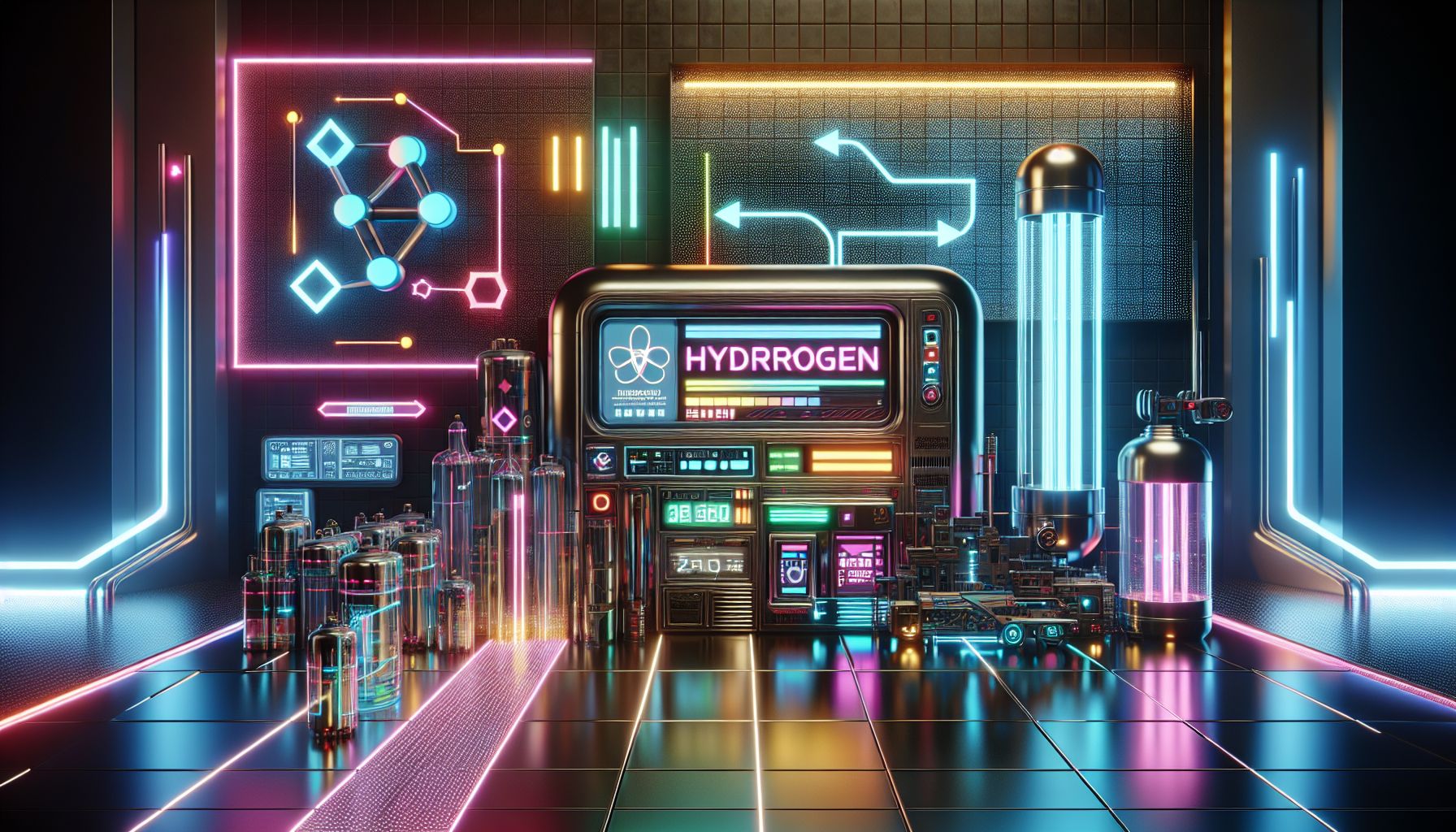Hydrogen: The Future's Energy Solution or a Safety Puzzle?

London, Sunday, 12 October 2025.
A study reveals hydrogen’s explosion risks in industry, vital for green energy. Its safety challenges may hinder the global energy transition, but understanding them is key to sustainable progress.
Understanding the Explosion Risks
A recent study published in the Journal of Hydrogen Energy highlights significant safety challenges associated with hydrogen’s combustion characteristics in industrial applications. Researchers analysed hydrogen-air mixtures with concentrations ranging from 15% to 60% in a 20 L spherical vessel. They found that the maximum explosion pressure and pressure rise rate show an inverted V-shaped trend, peaking at a stoichiometric ratio of 29.6% [1].
The Radical Influence
The study noted that hydrogen concentration strongly affects the generation of key radicals, such as H, O, and OH, which govern chain-branching reactions. Among these, OH radicals showed the strongest correlation with explosion pressure due to their dual role in hydrogen combustion [1].
Safety Concerns in the Hydrogen Value Chain
Despite hydrogen’s potential in the global energy transition, safety concerns remain a major obstacle. The study underscores that current suppressants often lack efficiency due to variations in reaction mechanisms at different hydrogen concentrations. This inefficiency has led to catastrophic explosions at critical stages of the hydrogen value chain, resulting in significant human and economic losses [1].
NetZero Initiatives and Policy Support
On a brighter note, initiatives like the Netzero Energy Transition Association (NETRA) are accelerating the commercialisation of net-zero technologies, including hydrogen. NETRA’s recent discussions on India’s Green Hydrogen Mission emphasised the need for policy transformation and infrastructure development to support large-scale hydrogen deployment [2].
Future Perspectives
The path to a hydrogen-powered future is fraught with challenges, but also opportunities. Understanding and mitigating the safety risks associated with hydrogen is crucial for its safe integration into energy systems. As we continue to unravel these complexities, it’s clear that collaboration between policymakers, industry leaders, and researchers will be key to unlocking hydrogen’s full potential as a cornerstone of sustainable energy [1][2].